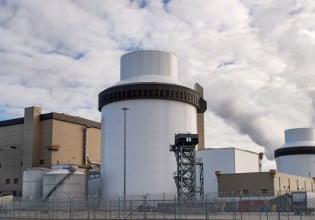National Semi & Suntech Collaborate to Develop Smart Panel Technology
National Semiconductor Corp. announced that it is collaborating with Suntech Power Holdings Co., Ltd. to develop "smart panel" technology, incorporating National Semiconductor’s SolarMagic™ power optimizer chipset into Suntech solar panels to improve the power output of solar systems.
"Smart panel technology is an important innovation that will help customers harvest more energy from their solar systems. We are pleased to collaborate with National Semiconductor to drive the development of this technology," said Shijun Cai, Senior Vice President of Suntech.
This announcement follows an announcement in May of 2009 in which the companies announced the signing of a memorandum of understanding (MOU) for Suntech to evaluate National Semiconductor’s SolarMagic technology with the intention of jointly promoting the technology and developing future solutions. Suntech has completed its evaluation and the two companies have advanced to the development phase.
"Suntech was one of the first companies to recognize the value that integrated high-performance microelectronics bring to a photovoltaic panel. We are proud of our collaboration with Suntech to develop a next-generation product that will embed SolarMagic technology inside the junction box and ultimately boost the performance of solar arrays," said Michael Polacek, Senior Vice President, Key Market Segments and Business Development for National Semiconductor.
National’s SolarMagic power optimizer chipset enables each solar module to produce the maximum energy regardless of whether other panels in the array are under-performing due to environmental mismatch. The technology enhances the energy harvest of each individual PV panel through a combination of advanced algorithms and leading-edge analog power management circuit techniques. In real-world tests involving shading and mismatch, Suntech modules with SolarMagic power optimizer technology were shown to recoup an average of 50% of lost energy, and in some cases captured as much as 75% of otherwise lost energy compared to standard panel performance.






